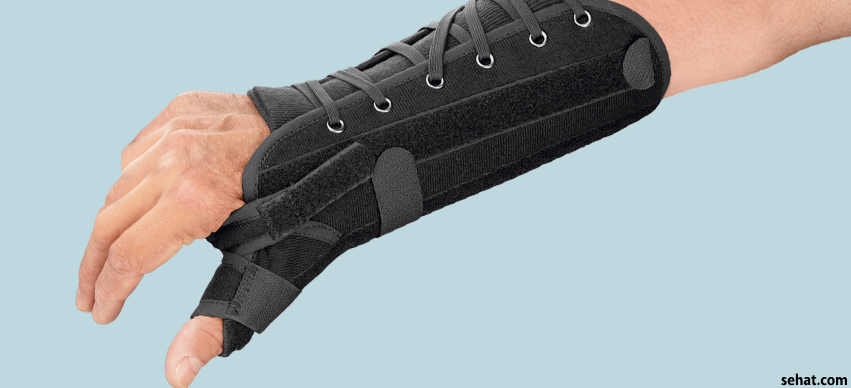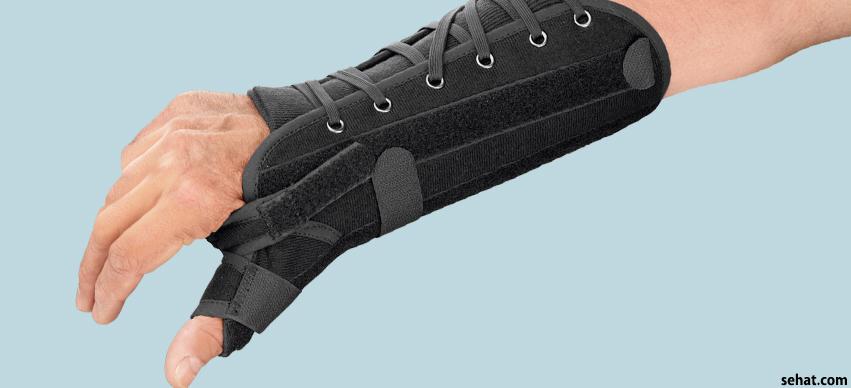What Comprehensive Oral Care Really Looks Like in Modern Den..
11 Min Read


Suppose you experience severe pain in your wrist one day and can trace its point all the way along your thumb, an appointment with the physician is in order. On his part, the doctor will subject the area to Finkelstein test amongst other things and determine if the pain is due to the most common cause namely De Quairvain disease. Such a state of the thumb and wrist is believed to have occurred due to repeated movement of the area or the individual’s susceptibility to arthritis.
When the tendons of the thumb become inflamed to the point of causing severe agony to the person even at the slightest movement, the resultant condition is known as wrist tendonitis, also referred to as De Quairvain disease in the medical jargon. Outward symptoms of internal state include swelling of the particular area of the hand, incessant pain, tenderness that prevents movement of any kind and appearance of cysts along the tunnel of tendons.
Because these are similar to the symptoms of another painful condition known as Intersection syndrome, the onus is on the doctor to pinpoint the trigger point of the pain and make an accurate diagnosis. If the pain is found to originate exactly when the De Quairvain tunnel is located, then it is time to carry out the Finkelstein test by placing the thumb over the palm and closing all the fingers over it. The wrist is then gently pushed in the direction of the little finger and presence of tendonitis is confirmed through the degree of pain, meaning higher degree of pain is indicative of its incidence.
Next, it is time to determine the course of treatment and at this point the patient is faced with two options namely –
Being non-invasive in nature, this type of treatment calls for preventive and restrictive measures like avoiding activities that entail movement of the particular area, taking frequent breaks and refraining from repetitive motions. At times, a splint may be attached and if the pain is unbearable then appropriate medication or an injection of corticosteroids is administered.
Invasive in nature, surgery is usually the last option and its objective is to create a little more space for the tendon to move around by widening the tunnel. Since it is only a minor operation, regional or general anesthesia is administered and the patient is free to go home after the procedure.
Subsequent to treatment, rehabilitation is faster in case of non-surgical methods and normalcy in functions is restored within 4-6 weeks. However, caution especially concerning this area is imperative and must be exercised round the clock. After a surgery, the patient is likely to take months to come back to normal and may also have to attend physiotherapy sessions.